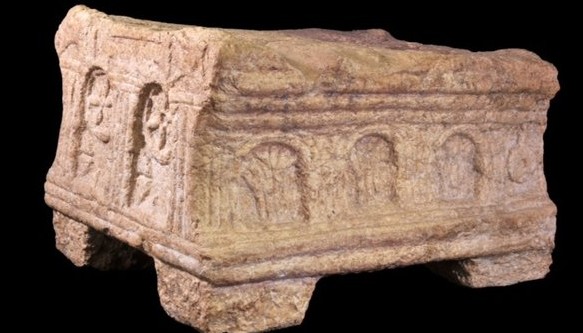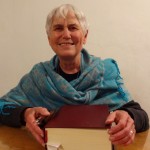
A carved stone block raises speculations over Judaism of Jesus’ time.
But what makes the stone such a rare find in biblical archaeology, according to scholars, is that when it was carved, the Second Temple still stood in Jerusalem for the carver to see. The stone is a kind of ancient snapshot.
And it is upending some long-held scholarly assumptions about ancient synagogues and their relationship with the Temple, a center of Jewish pilgrimage and considered the holiest place of worship for Jews, during a crucial period, when Judaism was on the cusp of the Christian era.
Known as the Magdala Stone, the block was unearthed in 2009 near the Sea of Galilee in northern Israel, where a resort and center for Christian pilgrims was going to be built. Government archaeologists are routinely called in to check for anything old and important that might be destroyed by a project, and in this case they discovered the well-preserved ruins of a first-century synagogue and began excavating.

The site turned out to be the presumed hometown of Mary Magdalene, one of Jesus’s most faithful followers. The dig also revealed an ancient marketplace and fishermen’s quarters along with the synagogue.
Experts have raised the tantalizing possibility that Jesus may have taught in the synagogue when he was in Galilee. A local coin found in a side room was minted in A.D. 29, when Jesus is thought to have been alive.
Experts have long believed that in the period before Herod’s Temple was destroyed in A.D. 70, synagogues were used as a general place of assembly and learning, something like a neighborhood community center. The more formal conception of a synagogue as a sacred space reserved for religious ritual was thought to have developed later, in the Jewish diaspora after the Temple had been destroyed.
But the Magdala Stone was found in the center of the old synagogue, and Ms. Talgam said it might have been intended to give the space an aura of holiness “like a lesser temple” even while Herod’s Temple still existed.






